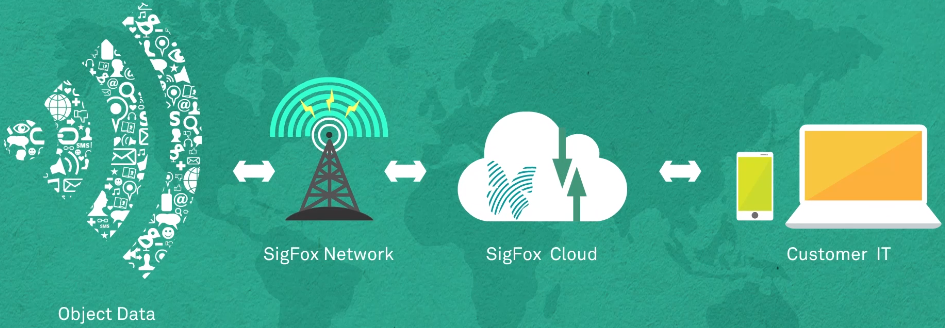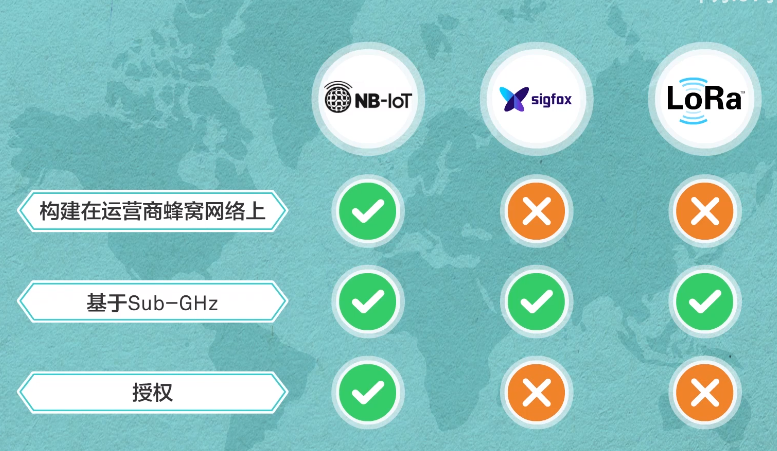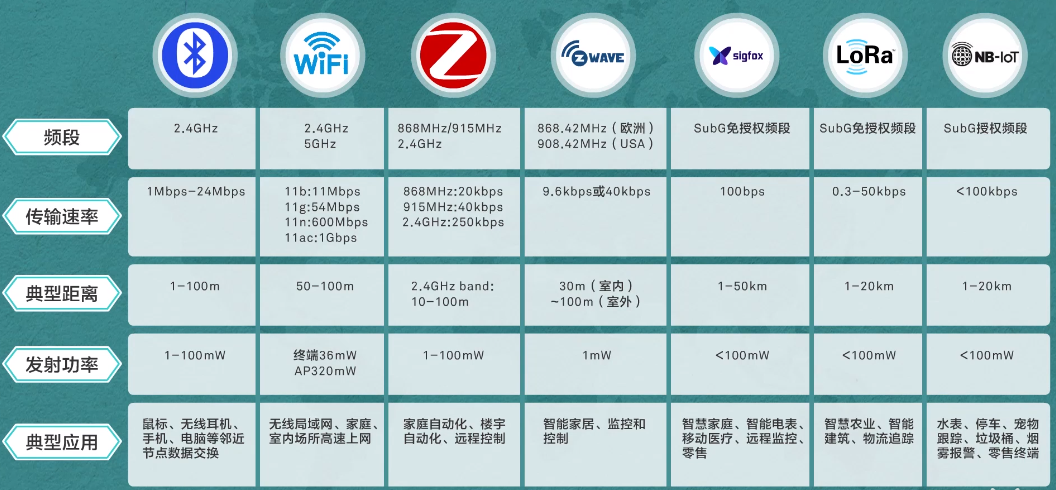LPWA communication technology
2020-06-15 16:02:38 Azir 9
Traditional wireless communication technology includes two categories: cellular mobile communication and short-range wireless communication technology. However, with the development of the Internet of Things, LPWA communication technology has emerged that is consistent with the demands of many Internet of Things scenarios. At the same time, LPWA communication technology is also an important part of the Internet of Things. A new opportunity for the development of the networking industry, so what exactly is LPWA communication technology ? Let’s find the answer together in this article.
Wireless communication technology LPWA
LPWA (Low Power Wide Area) low-power wide area network, which solves the communication problems of some Internet of Things that traditional networks cannot cope with. Low-power wide area network communication technologies, among which the more well-known ones are SigFox, LoRa, and NB-IoT.
(1)SigFox
SigFox is a communication technology owned by the French company SigFox. It mainly builds low-power, low-cost wireless Internet of Things dedicated networks. SigFox is also a LOWA network technology that is commercialized faster. The SigFox network uses UNB technology to transmit power The level is very low and can still maintain a stable data transmission connection. Usually its transmission rate is only 100bps. Its network topology is a scalable high-capacity network with very low energy consumption while remaining simple and easy to deploy. technology facilities based on star cells.

SigFox wireless links use the license-free Sub-G ISM radio frequency band. The frequency varies according to national regulations. 868MHz is widely used in Europe and 915MHz in the United States.
(2)LoRa
LoRa is a low-power wide area network standard based on the open source MAC layer protocol. At the same time, the Sub-GHz frequency band makes it easier to communicate over long distances with lower power consumption. LoRa is a spread spectrum-based technology adopted and promoted by the American Semtech company. Technology’s ultra-long-distance wireless transmission solution changes the previous tradeoff between transmission distance and power consumption, providing users with a simple system that can achieve long distance, long battery life, and large capacity. And then expand the sensor network!

At present, the LoRa network has been piloted or deployed in many places around the world.
(3)NB-IoT
The last thing to mention is NB-IoT. NB-IoT is currently the hottest technology in the LPWA field (most popular from 2017 to 2019, but it feels like it will fade away in 2020). NB-IoT is a narrowband Internet of Things built on a cellular network. It only consumes bandwidth greater than 180JHz and can be directly deployed on GSM networks, UMTS networks, and LTE networks to reduce deployment costs and achieve smooth upgrades.
Unlike SigFox and LoRa, NB-IoT can be built directly on the operator’s cellular network, and although the frequency bands are based on Sub-GHz, NB-IoT requires authorization, while SigFox and LoRa are both in the license-free frequency band.

In addition, NB-IoT focuses on the low-power consumption and wide-coverage IoT market, and has the characteristics of wide coverage, multiple connections, low speed, low cost, low power consumption, and excellent architecture.
It can be applied to many vertical fields, such as remote meter reading, asset tracking, smart parking, smart agriculture, etc.
Resumir:
Finally, we make a simple comparison of the previously introduced IoT wireless communication technologies. LPWA network technologies represented by Bluetooth, WiFi, ZigBee, Z-WAVE, SigFox, LoRa, and NB-IoT have faster transmission rates, but the transmission The distance is not as good as LPWA technology. For different communication technologies, their application scenarios are also different.

Simply put, we can choose the appropriate communication method according to the communication needs of different scenarios.
